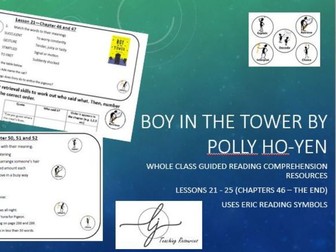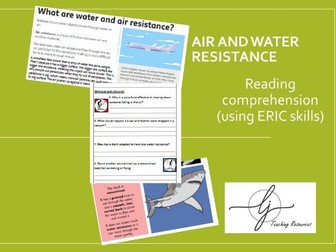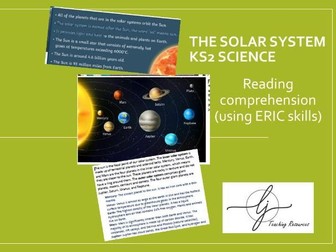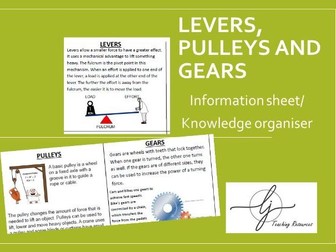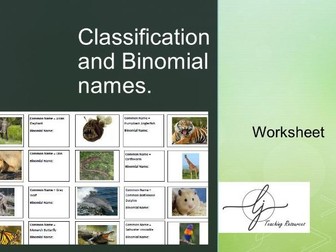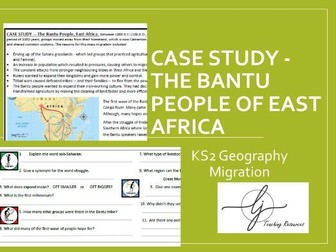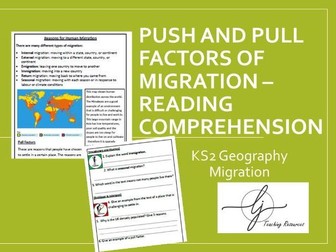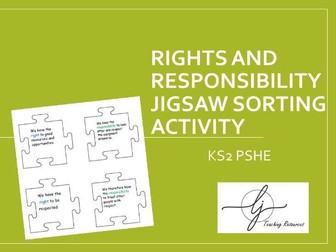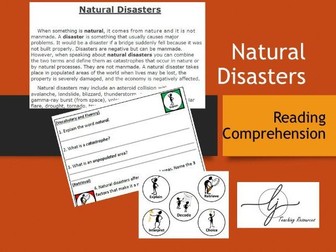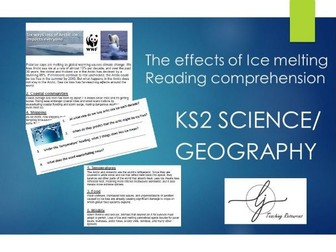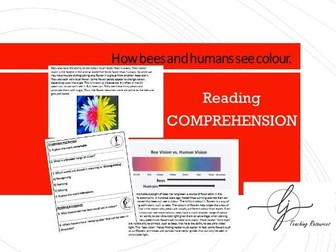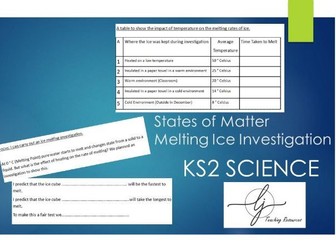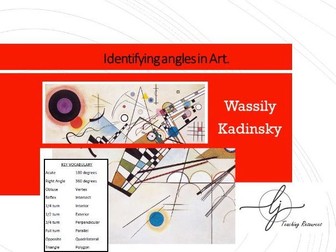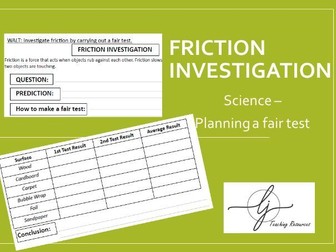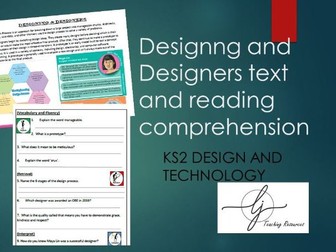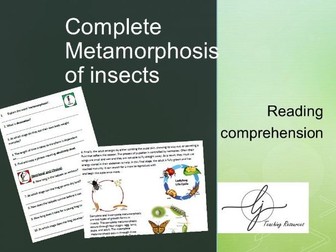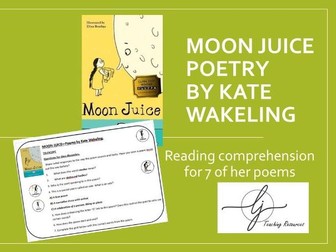Bundle
Boy in the Tower (Polly Ho Yen) Guided reading bundle
<p>Whole Class Guided reading Comprehension questions for the whole book! These carefully written resources link carefully to each chapter (or page range within a larger chapter) of Polly Ho-Yen’s excellent book Boy in the Tower. They are designed to develop the ‘Miss Wilson Says’ ERIC reading skills (Explain, Retrieve, Interpret and Choice). There are a wide range of engaging question styles to keep the class interested and active in their learning once each chapter has been read. They often spark lively debates in class and are fantastic for developing language. These resources are suitable for Year 5, 6 or 7.<br />
Grab a bargain!</p>
